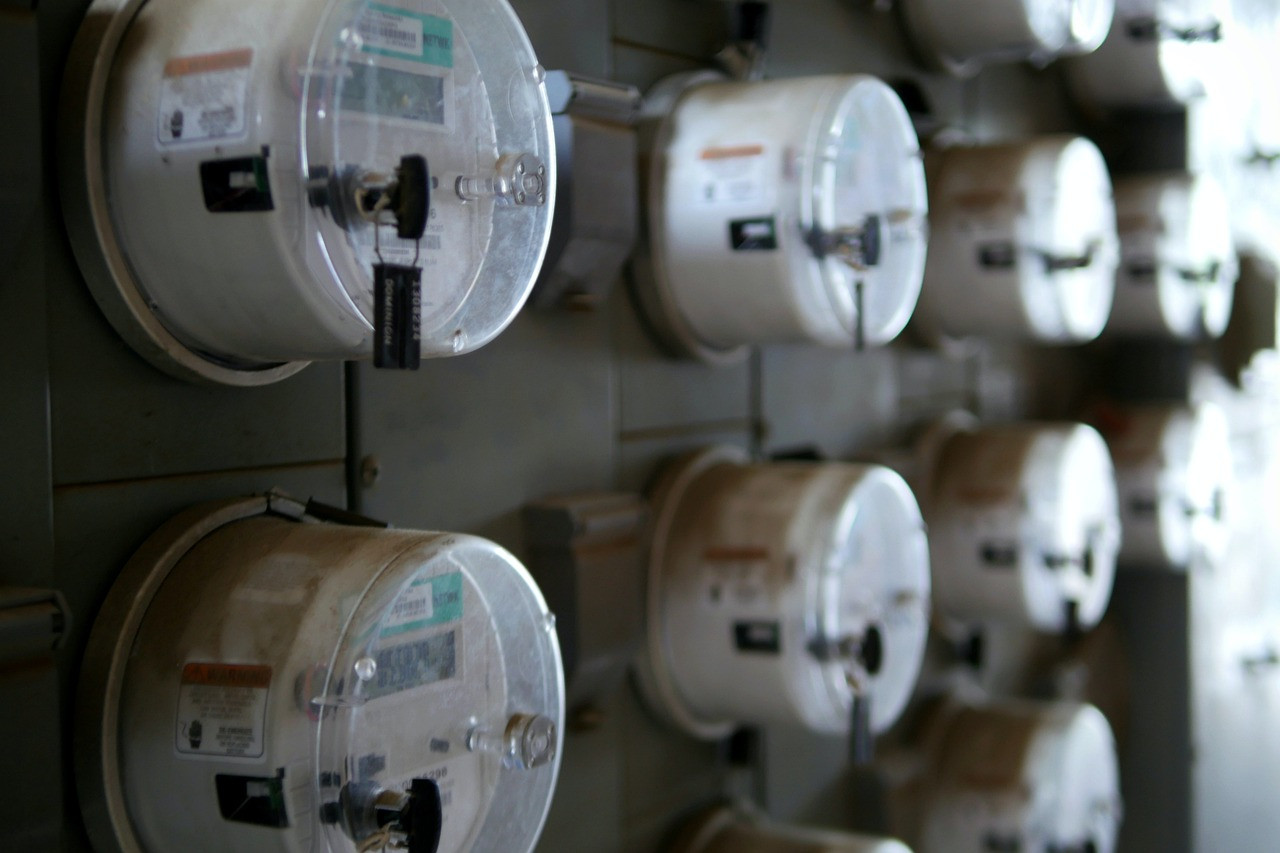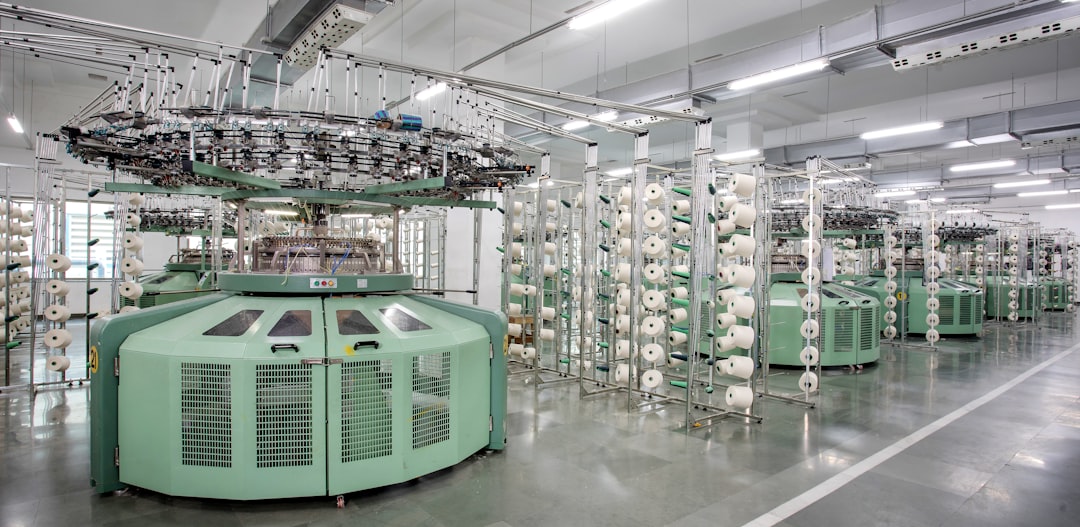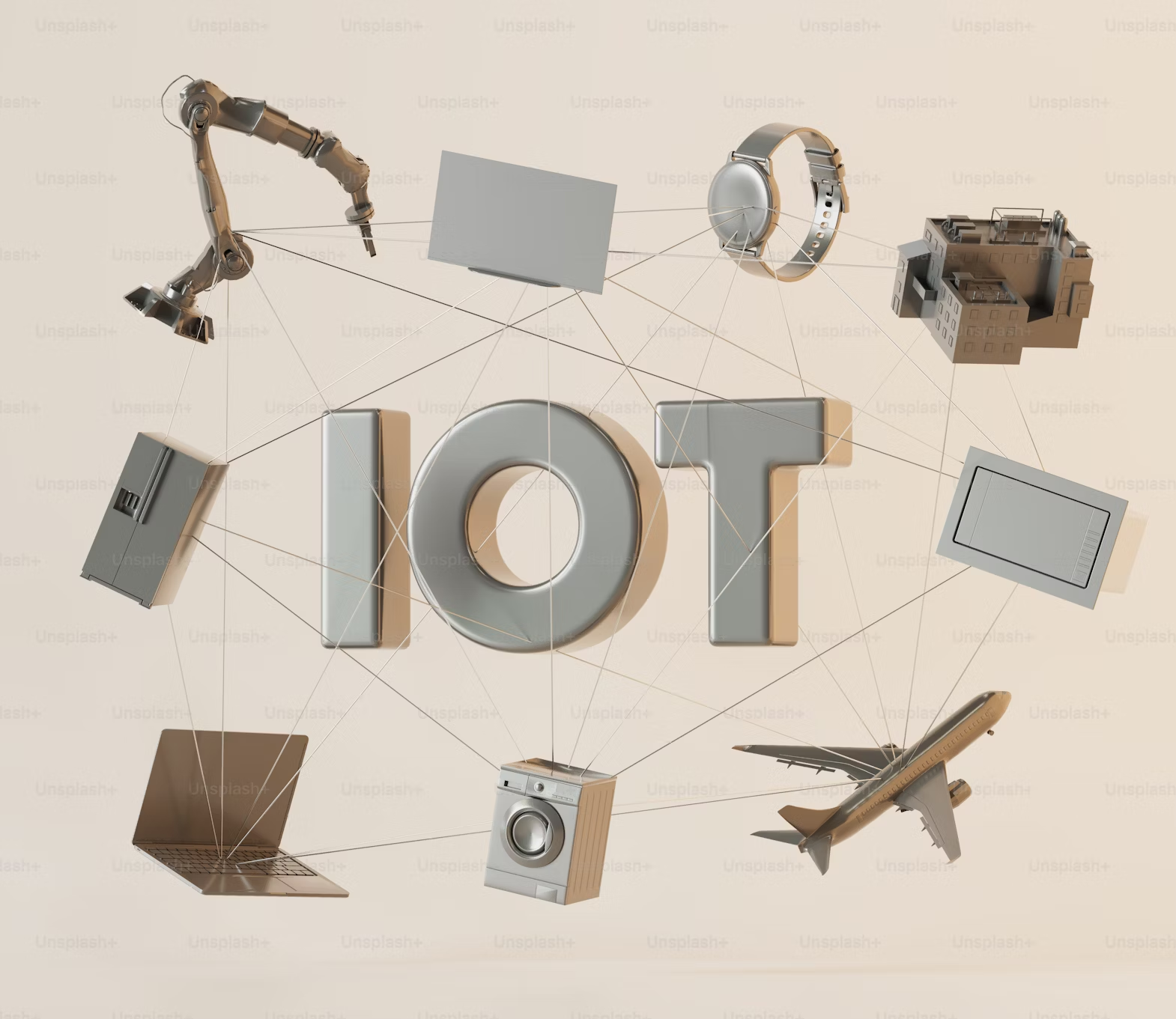How IoT Connectivity Unlocks the True Potential of Industrial IoT Systems
-
May 26, 2025
-
6 min read

IoT connectivity is essential in the Industrial Internet of Things (IIoT). It ensures smooth coordination between connected sensors, machines, and devices to boost operational efficiency. As IIoT deployments scale and complexity grows, efficiently configuring, monitoring, and maintaining these vast ecosystems becomes paramount.
This article examines the role of IoT connectivity in optimising industrial IoT systems and connected operations. It outlines key components, relevant industry trends, and practical implementations across various sectors. The analysis also considers the applicability of Airtel IoT solutions within this context.
What is IoT Connectivity?
At its core, IoT connectivity involves the processes, tools, and best practices used to set up connected devices. It also includes maintaining and updating their settings, parameters, and operational profiles throughout the device lifecycle. This practice ensures that devices operate harmoniously, securely, and in compliance with organisational policies. Key aspects include:
- Provisioning: Initial setup, device registration, and network parameter assignment
- Authentication: Verifying device legitimacy before granting network access
- Remote Configuration: Updating settings, parameters, and operational logic over-the-air
- Monitoring: Real-time visibility into device performance, security posture, and health status
- Software/Firmware Updates: Patching vulnerabilities, adding features, and ensuring compatibility
IoT connectivity encompasses every stage of the device lifecycle, from secure onboarding to ongoing maintenance and eventual decommissioning.
The Strategic Importance of IoT Connectivity in IIoT Optimisation
IoT connectivity enables seamless device integration, consistent operations, and scalable performance in industrial environments. The following overview highlights its strategic role in optimising IoT systems.
Ensuring System Reliability and Availability
IoT configuration management is important in maintaining high system availability in industrial settings where downtime can lead to significant losses. Automated configuration tools enable consistent deployments across large, geographically dispersed device fleets, reducing human error and misconfiguration. Network controllers can detect configuration drift and enable rapid corrective actions, preventing unplanned outages.
Enhancing Security Posture
As the proliferation of IoT devices increases in our country, issues around data security and privacy of end-user data are gaining prominence. Airtel Business addresses these challenges through a robust security framework based on regulatory and industry standards.
Airtel strictly complies with the Department of Telecom’s guidelines on IoT, which mandate restricted communication for IoT devices. Airtel Business has deployed dedicated core network infrastructure to strictly enforce these policies.
At the same time, customers can dynamically define and manage security rules as per their needs. Airtel Business has also adopted ISO 27001 for security implementation and ISO 22301 for business continuity and crisis management across all its data centers.
Enabling Scalability and Flexibility
As IoT deployments grow, IoT configuration management simplifies the onboarding of new devices through automated provisioning workflows. Device settings can be dynamically reconfigured based on changing operational requirements, such as adjusting sensor thresholds or network parameters. This flexibility allows businesses to adapt swiftly to evolving needs without manual intervention.
Driving Cost Efficiency and Operational Optimisation
Proactive monitoring and configuration adjustments minimise unplanned downtime, reducing maintenance costs. Fine-tuning device parameters, such as data reporting intervals or power consumption modes, ensures devices meet operational goals efficiently. IoT configuration management enables businesses to strike the right balance between performance and resource utilisation.
Facilitating Compliance and Auditability
Many industries have stringent regulatory requirements for data privacy, security, and operational standards. IoT configuration management platforms offer audit trails and compliance reporting features, aligning device configurations with industry frameworks like ISO or IEC. Every configuration change is logged, supporting forensic analysis and accountability.
Real-World Examples and Case Studies
To illustrate the impact of IoT configuration management in practice, let’s explore a couple of case studies:
| Industry | Challenge | Solution | Outcome |
| Automotive Manufacturing | Inconsistent device settings across assembly lines | Centralised configuration management with templates for rapid rollout of new production protocols | 23% improvement in product quality and an 83% reduction in unplanned downtime |
| Utilities | Widely distributed substations in harsh environments | Automated configuration workflows for uniform security credentials and regular health checks | 20-30% improvement in operational efficiency |
These examples demonstrate how IoT configuration management enables consistent deployments, enhances security, and drives measurable business outcomes.
Industry Trends and Innovations
As IIoT evolves, so does the sophistication of IoT configuration management solutions. Some key trends shaping the landscape include:
- AI-Driven Configuration: Modern platforms utilise AI to predict optimal device configurations based on historical performance data and real-time analytics. Systems can automatically revert devices to known-good configurations if anomalies are detected.
- Edge Configuration Management: Increasingly, configuration intelligence is shifting to the edge, allowing devices and gateways to autonomously adapt settings based on local conditions. This reduces latency and enables faster response times for critical operations.
- Zero-Touch Provisioning: Devices are automatically provisioned and configured upon network connection. This minimises the need for human intervention and accelerates deployment at scale.
- Integration with DevOps: IoT configuration management tools now integrate with IT DevOps frameworks. This allows rapid, automated rollout of new features and security updates as part of continuous improvement pipelines.
Airtel IoT: Empowering Efficient Connectivity
Airtel offers a comprehensive IoT platform designed to address the device connectivity, management, and configuration needs of large-scale IIoT deployments. Key features relevant to IoT connectivity include:
- Inventory Onboarding: Seamlessly onboard new devices into the IoT ecosystem, ensuring a streamlined integration process that supports rapid deployment and operational efficiency.
- Sim Lifecycle Management: Manage SIM/eSIM lifecycle, real-time analytics, and remote diagnostics, optimising IoT device control and reducing costs through automated service provisioning.
- Performance Insights: Gain comprehensive metrics on device connections and data flows to assess performance, troubleshoot connectivity issues, and identify trends for continuous improvement.
- API-Driven Integration & Automation: Seamlessly automate device lifecycle management, usage monitoring, and billing through API integration, enhancing operational efficiency.
- Advanced Diagnostics: Quickly diagnose and resolve deployment anomalies using easy-to-use remote diagnostics tools, minimising issue resolution time and enhancing operational efficiency.
- Rapid Activation: Accelerate the deployment of IoT devices with streamlined activation processes, enabling swift service provisioning and enhanced scalability for growing IoT operations.
For example, a large Indian automobile component manufacturer used Airtel’s IoT platform to connect thousands of sensors and control units. The Airtel console allowed bulk configuration changes across all devices, enabling fast rollout of new quality control parameters. This reduced manual effort by 60% and improved error detection rates by 25%.
Summing Up
IoT connectivity enables seamless interaction among devices, networks, and applications in industrial environments. It optimises IIoT deployments by ensuring reliability, security, and scalability across large, distributed device fleets. Additionally, it automates provisioning, enforces compliance, and enables rapid adaptation to changing operational requirements. This makes it a foundational element of resilient, intelligent, and future-ready industrial systems.
The strategic value of IoT connectivity continues to increase in complex, connected industrial environments. Platforms like Airtel IoT support efficient device and connectivity across large-scale IIoT deployments. These solutions simplify operational complexity while enhancing control, visibility, and responsiveness. As a result, enterprises can achieve greater efficiency, drive innovation, and maintain a competitive edge.
 Share
Share









